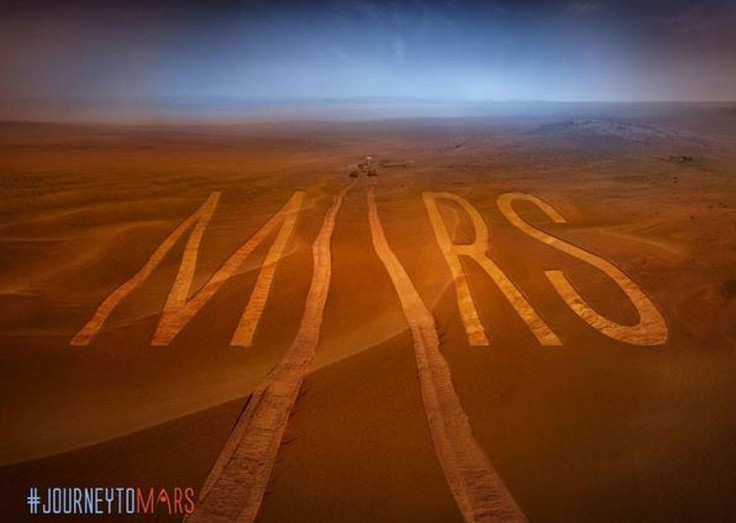NASA Mars 2020 Rover Will Carry 7 Tools To Study The Red Planet ‘As Never Before’

NASA announced Thursday that its next rover to Mars, in 2020, will carry seven special instruments to conduct an unprecedented study of the red planet. Scientists picked the seven instruments from 58 proposals that NASA received in January from researchers and engineers around the world.
Based on the design of the Mars rover Curiosity, which is currently operating on the planet, the new rover will be equipped with more sophisticated and upgraded hardware -- worth approximately $130 million -- to determine if the red planet will ever be habitable for humans, while also searching for signs of ancient Martian life.
“While getting to and landing on Mars is hard, Curiosity was an iconic example of how our robotic scientific explorers are paving the way for humans to pioneer Mars and beyond,” NASA Administrator Charles Bolden said, in a statement. “Mars exploration will be this generation’s legacy, and the Mars 2020 rover will be another critical step on humans' journey to the Red Planet.”

One of the selected payload proposals include an advanced camera system called “Mastcam-Z,” which can take panoramic images as well as photos of the same image from different angles by zooming into it. Scientists expect the camera to help them determine the mineralogy of the Martian surface.
Another instrument, called “SuperCam,” will provide images to help analyze the chemical composition of the planet's soil. The instrument will also be able to spot, from a distance, organic compounds in rocks and regolith, a layer of loose mixed material covering solid rock.
The Mars 2020 rover will also carry an X-ray fluorescence spectrometer called “Planetary Instrument for X-ray Lithochemistry” to collect high-resolution images for details about chemical elements on the planet’s surface.
The fourth instrument will be a spectrometer, which will use an ultraviolet laser to examine the mineralogy and detect organic compounds. Yet another tool, called “The Mars Oxygen ISRU Experiment,” is expected to produce oxygen from carbon dioxide in the planet's atmosphere.
The remaining two instruments include the “Mars Environmental Dynamics Analyzer” to measure temperature, wind speed and direction, atmospheric pressure, humidity, and the size and shape of Martian dust, while “The Radar Imager for Mars' Subsurface Exploration” will study the geologic structure of the Martian surface, according to NASA.
The Mars 2020 rover is part of NASA’s Mars Exploration Program, which includes the Opportunity and Curiosity rovers, the Odyssey and Mars Reconnaissance Orbiter spacecraft currently orbiting the planet, and the MAVEN orbiter, which is scheduled to arrive on Mars in September.
“Mars has resources needed to help sustain life, which can reduce the amount of supplies that human missions will need to carry,” William Gerstenmaier, associate administrator for the Human Exploration and Operations Mission Directorate at NASA, said in the statement. “Better understanding the Martian dust and weather will be valuable data for planning human Mars missions.”
© Copyright IBTimes 2024. All rights reserved.












